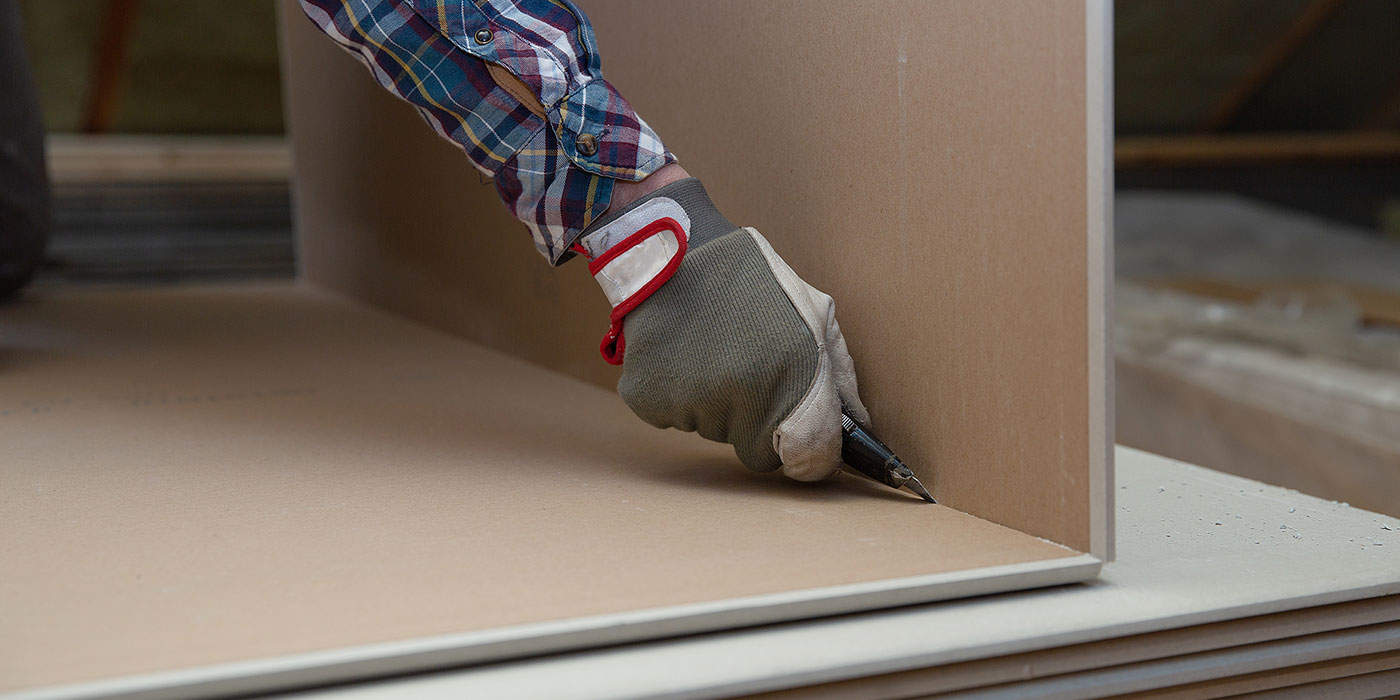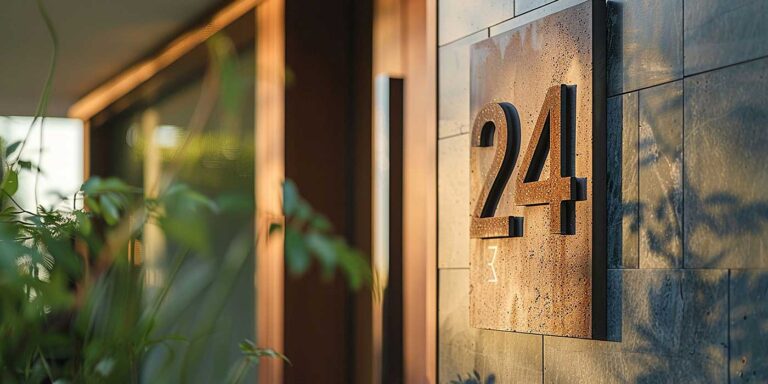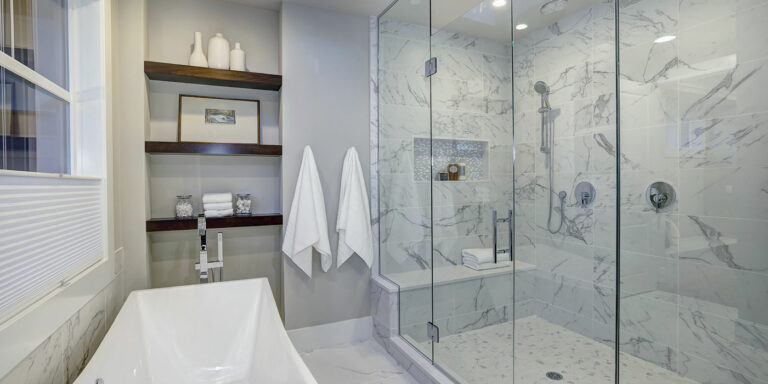Drywall is a building material used in the construction of interior walls and consists of a gypsum core sandwiched between two layers of paper. It got its name about a hundred years ago because it is installed without the use of water unlike traditional plaster walls.
Installation of drywall is a quick and easy job for most DIY-ers. However, there is a learning curve.
A good drywall job will go unnoticed but a bad job will be an eyesore. A common mistake is creating too many seams by using small pieces of drywall to fill odd spaces. It’s better to carefully cut a large piece of drywall and have it fit the space in one piece.
Drywall has a front and back – one side is for finishing and the other goes against the studs. Often there will be a colour difference between the front and back.
Drywall is incredibly durable and is easily repaired if damaged. Choosing the correct type of drywall is key to it lasting for many years. There are four types of drywall and each has its own benefits. Typically your local building codes will dictate the type of drywall to use in each area of your home.
Standard
This is the most common and economical drywall used in home interiors. Standard drywall is available in assorted thicknesses and sizes with 1/2″ x 4′ x 8′ being the most common. It’s also available in a lightweight version which is 25 percent lighter, making it easier to install than standard. Both standard and lightweight drywall are not suitable for areas prone to moisture.
Mould/moisture resistant
This drywall has a paperless surface on both sides and an additional coating to prevent mould and moisture. Use in areas of your home that are prone to moisture like bathrooms, kitchens, basements and laundry rooms. It is engineered to resist water but is not waterproof. Note that it is not suitable for high-moisture shower enclosures, use cement backer board instead.
Fire resistant
This drywall is thicker than standard drywall and contains a fibreglass additive in the gypsum core. It is engineered to inhibit the progress of fire to give people enough time to escape the structure. Basically, fire resistant drywall will stand up against fire longer than other types of drywall. It is fire-rated, not fireproof. Local building codes could require this drywall in proximity to furnaces and boilers and in attached garages.
Soundproof
If too much noise is a problem in your home then soundproof drywall can help. It is thicker than standard drywall and has a core engineered to reduce noise from traveling between walls and ceilings. Often, home renovators will use a double layer of standard drywall as a soundproofing solution. Using a single layer of soundproof drywall instead will give you a much better sound dampening result. For the absolute best soundproofing, combine soundproof drywall with acoustic batt insulation and acoustic sealant to effectively reduce unwanted sound in your home.
TIMBER MART has everything you need for your drywall project. Shop our selection of drywall supplies and get handy tips from our Home Improvement Experts. We are the best place for drywall.
How to cut drywall

You will need to cut through the first layer of paper, snap the core, then cut through the second layer of paper. To do this, use a straight edge and pencil to mark your measurements. Then use the same straight edge and a utility knife to cut the first layer of paper. Flip the drywall over and snap the drywall on the line you cut. Use your utility knife to cut the other layer of paper.



